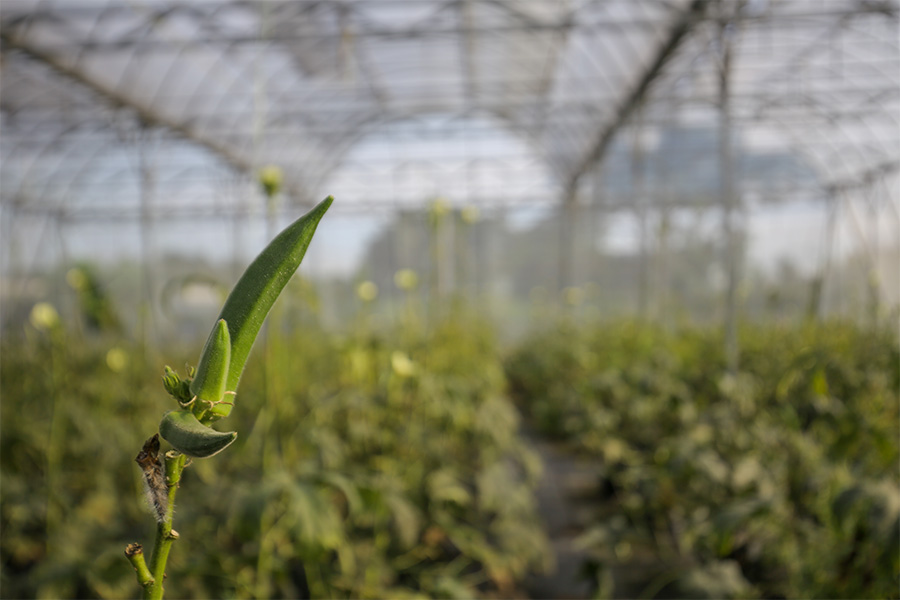Commercial Vegetables
-

This bulletin contains guidelines to determine irrigation scheduling for vegetable production in Georgia. Irrigation scheduling varies with water management and growers may require different technologies to properly manage water application. This information is supplied to help irrigation managers schedule and operate irrigation systems to optimal capacity, applying water precisely to the crop for maximum effectiveness and high efficiency.
Juan Carlos Diaz-Perez and Timothy Coolong
|
-

This report provides research and extension results for trials conducted by the University of Georgia Vegetable Team and its collaborators in 2021. Contributing authors include county and regional faculty as well as specialists from UGA’s horticulture, plant pathology, crop and soil sciences, and entomology departments. All research has been supported by the Georgia Vegetable Commodity Commission.
Timothy Coolong
|
-

Georgia growers can reliably produce lettuce in shaded high tunnels to capitalize on summer markets. This publication is an overview of using shading to grow lettuce in a high tunnel during the summer season when it is too hot to grow in the field.
Juan Carlos Diaz-Perez and Timothy Coolong
|
-

This report provides research and extension results for trials conducted by the University of Georgia Vegetable Team and its collaborators in 2020. Contributing authors include county and regional faculty as well as specialists from UGA’s horticulture, plant pathology, crop and soil sciences, and entomology departments.
Juan Carlos Diaz-Perez, Timothy Coolong, Bhabesh Dutta, Andre Luiz Biscaia Ribeiro da Silva, and Abolfazl Hajihassani
|
-

This report provides research and extension results for trials conducted by the University of Georgia Vegetable Team and its collaborators in 2019. Contributing authors include county and regional faculty as well as specialists from UGA’s horticulture, plant pathology, crop and soil sciences, and entomology departments.
David G Riley, Gary L. Hawkins, Christopher Todd Tyson, Bhabesh Dutta, and Andre Luiz Biscaia Ribeiro da Silva
|
-

Soil fumigants alone or in combination with nonfumigant nematicides can provide vegetable growers effective and reliable control of plant-parasitic nematodes, profitable yield and product quality, and increased profits. Treating soil with fumigant nematicides has been very beneficial to vegetable growers in Georgia, but environmental concerns may restrict the broad usage of these products. Telone II has been an important nematode management tool for the field production of many vegetable crops. Vegetable growers will have very limited options if soil fumigants, in particular Telone II, are no longer available. The development of new effective and environmentally safe nonfumigant nematicides has reduced the dependency on fumigant nematicides, but the application of fumigants still has great value for growers in Georgia.
Abolfazl Hajihassani
|
-

This horticulture publication is about the commercial production of southern peas.
Darbie M. Granberry and Timothy Coolong
|
-

Okra is grown in every county in Georgia. Okra can be a profitable crop when recommended production practices are followed.
Timothy Coolong and W. Terry Kelley
|
-

Price and expenditure elasticities at the retail level between 1960 and 1993 were estimated for 11 fresh fruits and 10 fresh vegetables by employing a composite demand system approach and using annual data. Most fresh fruits and vegetables were found to respond significantly to changes in their own prices but insignificantly
to changes in expenditures. The study partially incorporated the interdependent demand relationships between fresh fruits (vegetables) and all other commodities, yet effectively avoided the problems of insufficient degrees of freedom.Chung-Liang Huang and James E. Epperson
|